Introduction: Embark on a tantalizing journey into the world of tomato paste hunts, where every jar holds the promise of culinary excellence. From the humble beginnings of plump, ripe tomatoes to the intensive process of transforming them into savory paste, this article will guide you through the intricacies of this culinary adventure. The Origins of Tomato Paste: The story of tomato paste begins with the ancient civilizations of South America, where tomatoes were first cultivated over 2,000 years ago. Originally prized for their vibrant colors and unique flavors, tomatoes were later discovered to have excellent storage properties when cooked down into a concentrated paste. The process of making tomato paste involves simmering ripe tomatoes until they break down into a rich, thick sauce that can be preserved for months.

.
 The Hunt for the Perfect Tomato: Tomato paste hunts often start with the quest for the perfect tomato. While fresh tomatoes are the heart of this culinary journey, not all varieties are created equal when it comes to making a flavorful paste. San Marzano tomatoes, with their sweet, tangy flavor and low acidity, are often considered the gold standard for tomato paste. However, other varieties like Roma or Amish Paste tomatoes can also yield delicious results when cooked down to a paste. Selecting the Right Ingredients: In addition to ripe tomatoes, the process of making tomato paste requires a careful selection of other ingredients to enhance its flavor profile. Common additions include olive oil, garlic, onions, and herbs like basil or oregano. These ingredients not only add depth and complexity to the paste but also help to preserve it for longer periods.
The Hunt for the Perfect Tomato: Tomato paste hunts often start with the quest for the perfect tomato. While fresh tomatoes are the heart of this culinary journey, not all varieties are created equal when it comes to making a flavorful paste. San Marzano tomatoes, with their sweet, tangy flavor and low acidity, are often considered the gold standard for tomato paste. However, other varieties like Roma or Amish Paste tomatoes can also yield delicious results when cooked down to a paste. Selecting the Right Ingredients: In addition to ripe tomatoes, the process of making tomato paste requires a careful selection of other ingredients to enhance its flavor profile. Common additions include olive oil, garlic, onions, and herbs like basil or oregano. These ingredients not only add depth and complexity to the paste but also help to preserve it for longer periods.
.
 The Art of Tomato Paste Making: The process of making tomato paste is a labor of love that requires patience, attention to detail, and a keen sense of taste. After selecting the ripest tomatoes and gathering the necessary ingredients, the first step is to blanch and peel the tomatoes to remove the skins. Next, the tomatoes are simmered over low heat, allowing them to break down and release their juices. This slow cooking process helps to concentrate the flavors and sugars in the tomatoes, resulting in a thick, luscious paste. Preserving the Bounty: Once the tomato paste has reached the desired consistency, it can be preserved in a variety of ways to enjoy later. Canning is a popular method of preserving tomato paste, as it allows for long-term storage without the need for refrigeration. Alternatively, the paste can be stored in the freezer for quick and easy access when needed in recipes. Some chefs even opt to dry their tomato paste into a powder, which can be reconstituted with water when ready to use.
The Art of Tomato Paste Making: The process of making tomato paste is a labor of love that requires patience, attention to detail, and a keen sense of taste. After selecting the ripest tomatoes and gathering the necessary ingredients, the first step is to blanch and peel the tomatoes to remove the skins. Next, the tomatoes are simmered over low heat, allowing them to break down and release their juices. This slow cooking process helps to concentrate the flavors and sugars in the tomatoes, resulting in a thick, luscious paste. Preserving the Bounty: Once the tomato paste has reached the desired consistency, it can be preserved in a variety of ways to enjoy later. Canning is a popular method of preserving tomato paste, as it allows for long-term storage without the need for refrigeration. Alternatively, the paste can be stored in the freezer for quick and easy access when needed in recipes. Some chefs even opt to dry their tomato paste into a powder, which can be reconstituted with water when ready to use.
.
 Exploring Flavor Variations: While traditional tomato paste is made solely from tomatoes and a few key ingredients, there are endless possibilities for flavor variations to suit every palate. Smoked tomatoes can add a rich, charred depth to the paste, while roasted garlic can impart a sweet, nutty flavor. Experimenting with different herbs, spices, and vegetables can create a unique tomato paste that elevates any dish it touches. Creative Uses for Tomato Paste: Tomato paste is a versatile ingredient that can be used in a wide variety of dishes to add depth, richness, and umami flavor. From classic pasta sauces and soups to marinades, stews, and even desserts, the possibilities are endless. Mixing tomato paste with olive oil and herbs creates a simple but flavorful pizza sauce, while adding it to braised meats can create a luxurious, savory depth of flavor.
Exploring Flavor Variations: While traditional tomato paste is made solely from tomatoes and a few key ingredients, there are endless possibilities for flavor variations to suit every palate. Smoked tomatoes can add a rich, charred depth to the paste, while roasted garlic can impart a sweet, nutty flavor. Experimenting with different herbs, spices, and vegetables can create a unique tomato paste that elevates any dish it touches. Creative Uses for Tomato Paste: Tomato paste is a versatile ingredient that can be used in a wide variety of dishes to add depth, richness, and umami flavor. From classic pasta sauces and soups to marinades, stews, and even desserts, the possibilities are endless. Mixing tomato paste with olive oil and herbs creates a simple but flavorful pizza sauce, while adding it to braised meats can create a luxurious, savory depth of flavor.

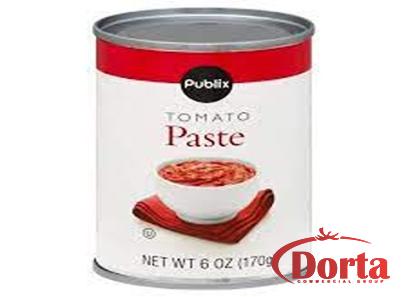
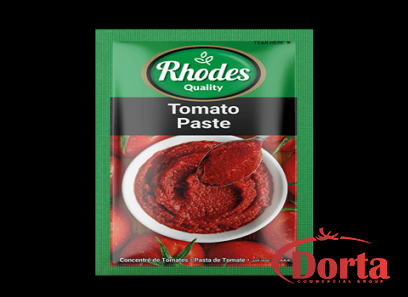

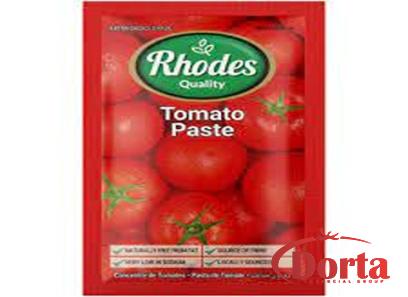


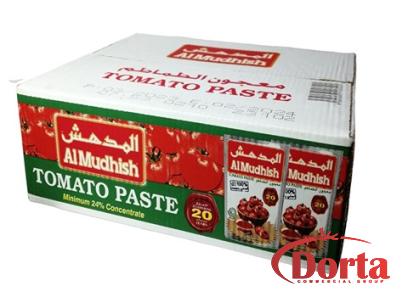
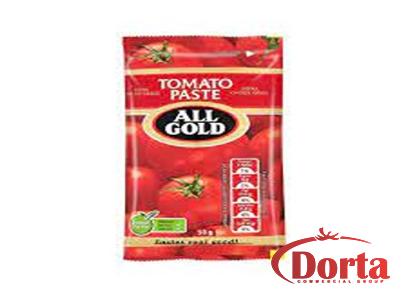
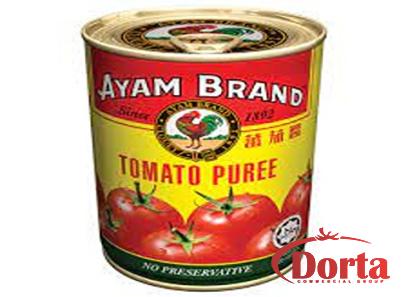
Your comment submitted.